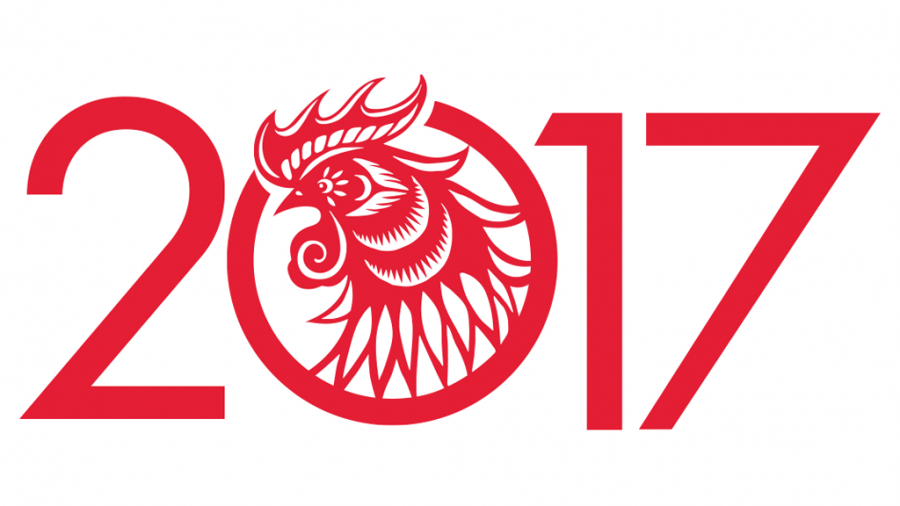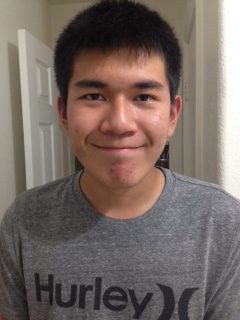The Vietnamese Lunar New Year Recap
Taken from the website of News1130
It is nearing its end, but the celebration of the Vietnamese Lunar New Year sparks new hope and prosperity in 2017, the year of the rooster.
February 5, 2017
The Lunar New Year fell on the weekend of Jan. 28 and 29 across California this year. Crowds gathered around Buddhist temples in communities of the Little Saigon area.
Children wore elaborate silk attire, known in the Vietnamese language as an ao dai, as they prayed alongside their parents at various shrines or altars dedicated to the Buddha and lost loved ones at the temples, holding incense sticks between their hands as they pray, later putting them on bowl of many to honor the Buddha figure. The little children are especially eager to receive those red envelopes containing money, but also representing prosperity in the upcoming new year. But before doing so, they must wish the giver of the envelope all the best in the upcoming new year, the year of the rooster (Think of it as saying the new year’s resolutions, but not to yourself, but to others.)
Monks greet visitors to their temples, some giving people fruit, families decorated their home in yellow and red, food is made and set on shrines of the deceased, beautiful flowers and trees are set up to get into the spirit of the Lunar New Year. Firecrackers ring from gatherings at the local Asian marketplaces, and children play with small firecrackers that can go off by throwing them to the floor.
Coinciding alongside the various Lunar New Years celebrations of the Asian community, like Chinese New Year, Vietnamese Lunar New Year is equally special and unique. Known in Vietnamese as Tet, this holiday points to the calendar calculated by the cycles of the moon and the Gregorian calendar.
And although the Vietnamese holiday may be over, the new year spirit is still alive even as we are in February.
So I wish to you all a happy lunar new year, or in Vietnamese, Chuc Mung Nam Moi.


